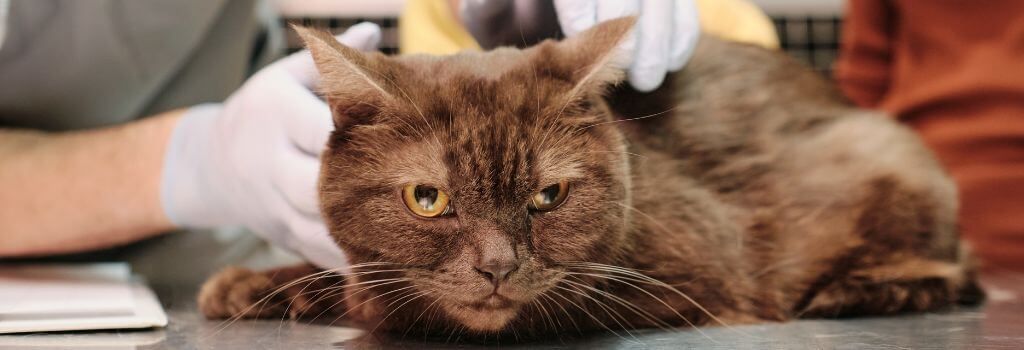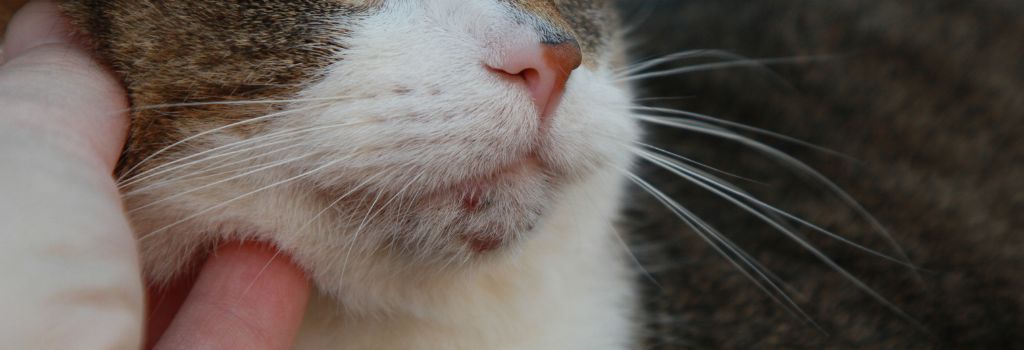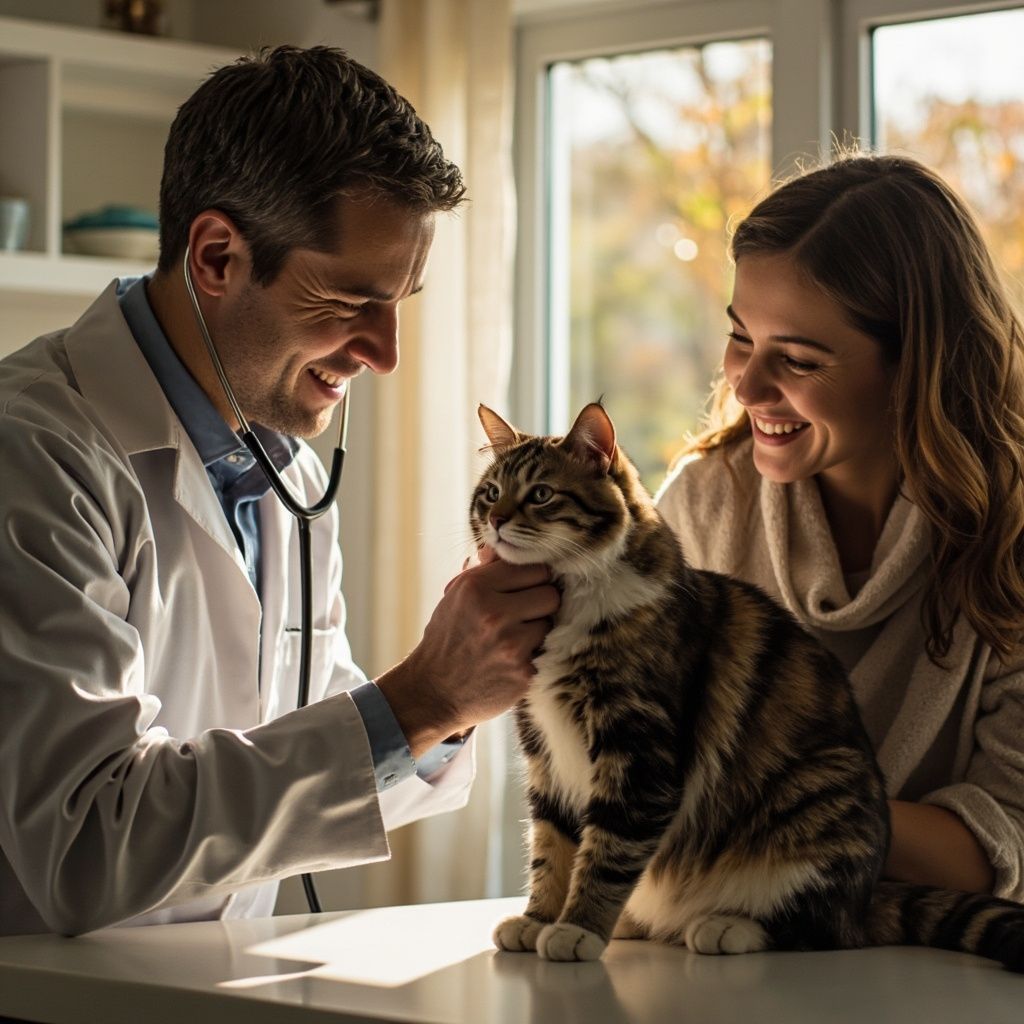How Parasite Prevention Plays a Key Role in Your Pet’s Health
Dogs and cats are curious by nature, often investigating every corner of the yard, sniffing everything along their path, licking things of interest, and playing with fellow neighborhood pets. These natural tendencies mean they innocently expose themselves to potentially harmful elements, including parasites.
Parasites are unfortunately common in pets, with fleas, ticks, heartworm, and various intestinal parasites wreaking havoc on your pet’s health and wellbeing. Parasites feed on other organisms, causing health issues that range in severity from minor skin irritation to severe gastrointestinal distress. Making parasites in dogs and cats even more dangerous is the fact that some are zoonotic, meaning they can be transferred to humans and cause health issues for the pet owner and other household members. That's why it's imperative to fight parasites as a pivotal part of preventive care for both cats and dogs.
External Parasites in Pets
External parasites, as described by the American Kennel Club , include fleas, ticks , lice, and mites, and they are more than just a nuisance. Fleas can carry and transmit serious diseases such as tapeworms and the Bartonella bacteria, which causes cat scratch disease. Ticks transmit many bacterial diseases such as Lyme disease and Ehrlichia. They also cause skin irritation that can become highly uncomfortable for your pet.
Internal Parasites in Pets
As detailed by the American Kennel Club, internal parasites include roundworms, tapeworms, hookworms, and whipworms that occupy a pet’s intestinal tract, causing discomfort while also stealing vital nutrients from them. When puppies develop an internal parasite, it can severely impact their growth and development. Likewise, internal parasites can become life-threatening for dogs with weakened immune systems by shutting down major body systems if undetected for too long. Heartworm is another parasite that can prove deadly even for the healthiest of pets, which spreads by mosquitoes and can damage the heart and lungs within a relatively short amount of time.
Common signs of internal parasites in pets include:
- Diarrhea
- Abdominal pain
- Weight loss
- Vomiting
- Pot-bellied appearance
- Lethargy
- Blood in stool
- Intestinal blockage
Some have no symptoms at all, so it’s important to test annually for parasites in stool.
Parasite Prevention in Pets
While external and internal parasites are diagnoses that no pet parent wants to receive, they are avoidable. From practicing good hygiene to monthly preventive medication , you can take various measures to avoid parasites.
Prevent parasites in your pets in the following ways:
- Practice good hygiene, including regular hand washing after touching your pets or cleaning up after them
- Have your pet groomed regularly to reduce the risk of coat contamination
- Check for fleas and ticks on your dog or cat’s coat after being outside or with other pets
- Clean up pet feces daily since eggs or larvae in feces transmit most intestinal parasites
- Avoid feeding your pet a raw food diet due to the risk of parasites
- Visit your veterinarian for regular deworming, starting at a young age and being consistent with deworming at least four times a year
- Consider preventive measures such as topical medicine, wearing a flea & tick collar, or taking a monthly ingestible preventative
Whether external or internal, parasites can cause severe discomfort in your pet and significantly diminish their quality of life. For your pet to explore freely without fear of picking up a parasite, consult with your veterinarian about the appropriate preventative measures based on their exposure and medical history. Contact us if you want to learn more about preventing parasites in your pet.
Recent Posts










